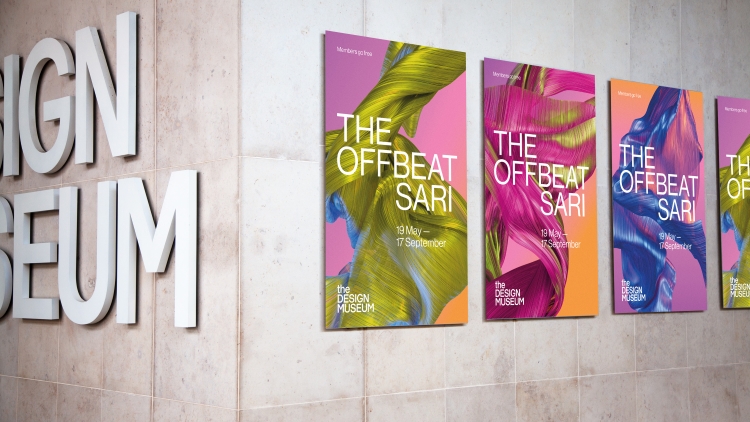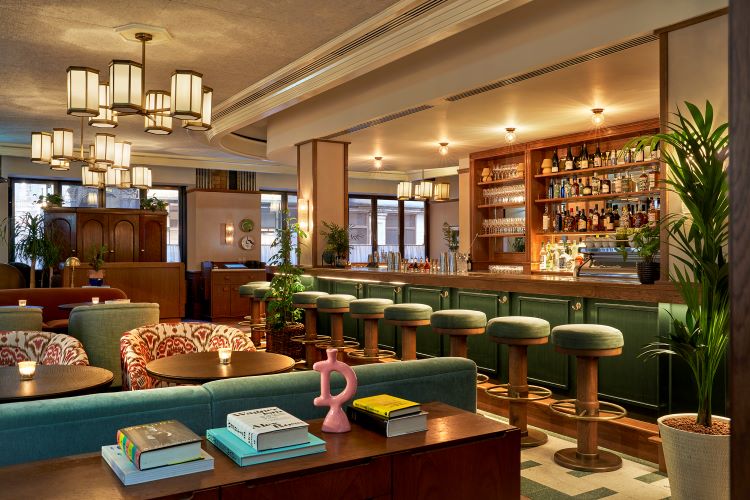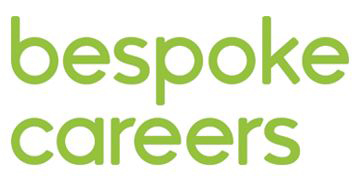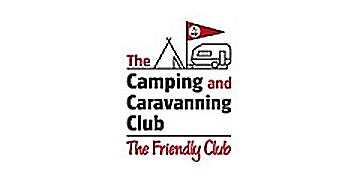Designing live shows with Silent House: “It’s not sculpture, it’s energy”
Baz Halpin and Alex Reardon of Silent House Group discuss balancing reality and fantasy when designing everything from concert tours to Vegas residencies.
Reality isn’t the first word you would associate with the shows of Silent House, the production and design group behind the spectacle and shebang of Katy Perry’s Vegas residency, Tyler, the Creator’s most recent tour or a lightning-inspired display to launch the Audi e-Tron concept car. Yet it’s a word that comes up frequently when talking to Baz Halpin and Alex Reardon of Silent House, the group’s CEO and founder, and president of its studios, respectively.
“I think that’s something that’s really important to get across”, Reardon says. “Every now and then we’ll have managers or clients send us proposals from other design teams that look like a combination of Midjourney and Pinterest; and you’re looking at it and thinking, well, that’s just not going to fit in the venue”.
“Nobody wants to get a raised eyebrow the first time a client walks on the stage”, he adds.
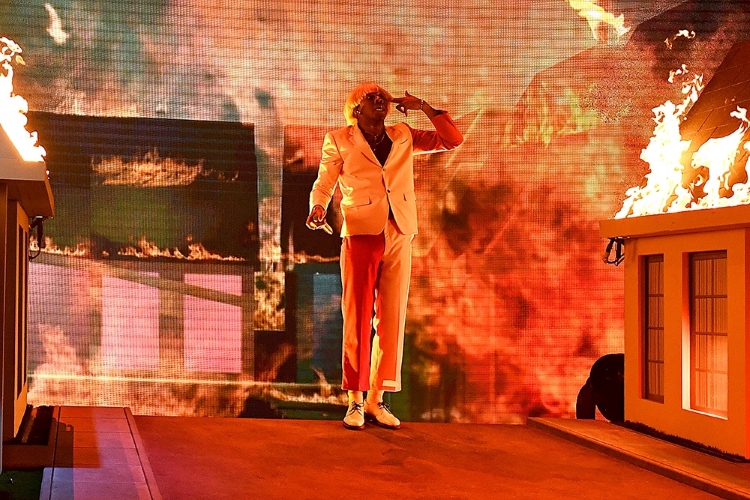
Despite this grounding, designing to elicit the intense euphoria of a concert is still the motivation: the moment when “the house lights go out and 15,000 people start screaming”, Reardon says.
“It’s more of a human reaction than a design reaction. You see people leaving at the end of the night, exhausted, happy for the 90 minutes of the show, they’ve forgotten all their troubles… it’s a wonderful thing to be able to partake in.”
The industry has come a long way since Halpin started work as a lighting crew chief and programmer in Dublin, before moving to London and founding Baz Halpin Design. It wasn’t a case of “anything flashy”, he says, although he was already working with “the pop acts of the early 2000s – Westlife, people like that”.
He began working with US artists: Christina Aguilera in 2003, and Pink in 2006. In the US, things became “bigger, more complex and more involved”, Halpin says, and he started directing as well as designing. “It became clear to me around 2009 or so that I needed a more cohesive structure in a company, so I started up Silent House”, he says.
“It started like a co-op”
Halpin describes an industry then populated by self-reliant polymaths making things work, it being “too expensive” to outsource elements to specialists. Halpin wanted these parts to be done by “artists in their own right” and Silent House was created initially to build “a network of resources to help me and other designers.”
“It started almost like a co-op and other designers joined; we had an office right at Hollywood and Vine”, Halpin says.

From four at the start, there is now a core team of around 24, he explains. “But it really maintains that same ethos. It’s a place for creatives to share resources, but also share ideas and share thoughts”.
He describes the office as a “very open-plan sort of situation, where we’re all able to bounce new ideas of each other”. Internal walls are made of glass, with paint markers at hand to encourage designers to just “noodle something on the window”, he says.
The structure of Silent House Group is a “three-pronged trident” of Productions , which grew out of Halpin’s production work for the events like the American Music Awards; Studios, which houses the design and creative; and Events, a third section for “everything from AGMs to car and product launches”, Halpin explains.
Many of the design team “tend to come from an architectural background”, Reardon says. While needing to learn the particulars of designing for a live show, he finds that “architects are very good at ideating on a theme”.

Silent House works with “staggeringly fast” turnarounds, he explains: “Sometimes it could be three months from the first phone call to the first show.”
“We have to be able to spin-up concept renders, even white model renders, in the course of about three or four days”, he says. For this, “internally our skillset is very much drafters, 3D artists, usually working in Cinema 4D or Rhino”, as well as Unreal Engine and Vectorworks for lighting plans, Reardon says.
“You shouldn’t be able to say that’s a Silent House show“
According to Halpin, there isn’t a particular style that defines Silent House.
“You shouldn’t be able to see a show of ours and go, that’s a Silent House show. You should say that’s an – insert name of artist – show”
“People go to see Sade to see Sade; go to see Tina Turner to see Tina Turner; and Britney etc. : they’re all very different artists, and I think that now more than ever, visual brand is critical.”

Whether working with Pink, Harry Styles, Adele, Rage Against the Machine or Bob Dylan, Silent House looks to “amplify” the essence of the artist, by “starting all of our conversations with new clients with a blank piece of paper and our ears open”, Reardon adds.
Clients might have a strong vision but often “don’t speak design” he explains. “We listen very closely and blend that with our experience”, he says, “making sure that our designs help augment any vision or any mood or idea that the artists have.”

For Tyler, the Creator’s Call Me If You Get Lost tour, when asked to define the Tyler Baudelaire character at its heart, the artist said “well he’s all about travel, expanding horizons and getting out from where you’ve been and then he giggled and said, well obviously with a huge amount of luxury”.
“So I said, OK, it sounds as though you’re describing the photography of Slim Aarons; it sounds like it’s Lake Como, Riva powerboats, that sort of stuff”, Reardon adds.
Designing for energy
“Concerts are living thing”, Halpin adds. “They’re not just sculpture; they’re energy”.
“You’re designing for a show that has a rhythm and a pace and a flow, so all of those things have to be taken into account.”
“The most interesting and challenging” of Silent House’s projects might be the album tours, Halpin says. Beyond the “story behind the album”, the individual narrative of each song needs to work with the “the large statement: what the stage makes people feel when they first walk in”.

It also needs to be something that the artist is “excited about performing on night after night”, he adds.
A just-launched show, Awakening, at the Wynn Las Vegas, “is design-wise one of the most interesting shows that we’ve ever done”, Halpin says. “We created a bespoke LED screen, made a stage of glass that is fully automated, rotates, splits into eight different parts and goes up and down”.
“Aesthetics, logistics and finance”
For much of the work, another major consideration is that “it’s got to be able to be put up within a certain amount of hours, taken down within a certain amount of hours and fit into a certain amount of trucks”, Halpin says.
“It’s aesthetics, logistics and finance”, Reardon adds, telling an anecdote where United States Army general Norman Schwarzkopft Jr., was stunned by the speed at which a Bob Dylan production was packed away after a concert.

There’s also the “dark humour” needed to contend with an artist changing their mind an hour before the show”, he says. “There’s an enormous amount of pressure and I think the people who don’t work in live production, if they were parachuted into our world, may need some sort of psychiatric help afterwards”.
What’s next?
Reardon says that in a post-Covid world, “there’s been a quite substantial shift in the way that live entertainment is handled.”
“A lot of people seem to have left the industry, compounded with every single artist being desperate to get out there and do what they love.”
“What we’re finding exciting-slash-frustrating is trying to give artists what they want in a fairly new landscape, where access to crew, equipment, trucks, venues, all the stuff we need to put on a live show is at a massive premium”, he says.
Halpin adds that there is also the creative need to keep pushing – still wanting to “surprise yourself”, having done something for a long time. “I love finding new things, new technologies, new ways to create stages”, he says.

XR is one such new technology. Silent House is of course interested in making shows more immersive, Reardon says, although adds that the term is greatly overused – as is the word “hologram”: “A mate of mine once said, if you walk around the back, and you can’t see his bum, it’s not a hologram. It’s just a 2D image that’s floating in space.”
In contrast he adds that he has just been to preview “a new video technology that operates in three dimensions”, which he describes as one of only three things to have “blown his mind” in his years in business.

While “hypnotic” to watch, such innovations can also aid performers where current green-screen technology falls down. He’s keen to get to grips with it to add it to Silent House’s arsenal, but “right now it’s a little bit like telling an artist here’s some paint and here’s a brush, when they’ve never seen paint or a brush before”, he says.
“We need to work out how to break it, where the limits are.”
All images courtesy of Silent House Group.
-
Post a comment


